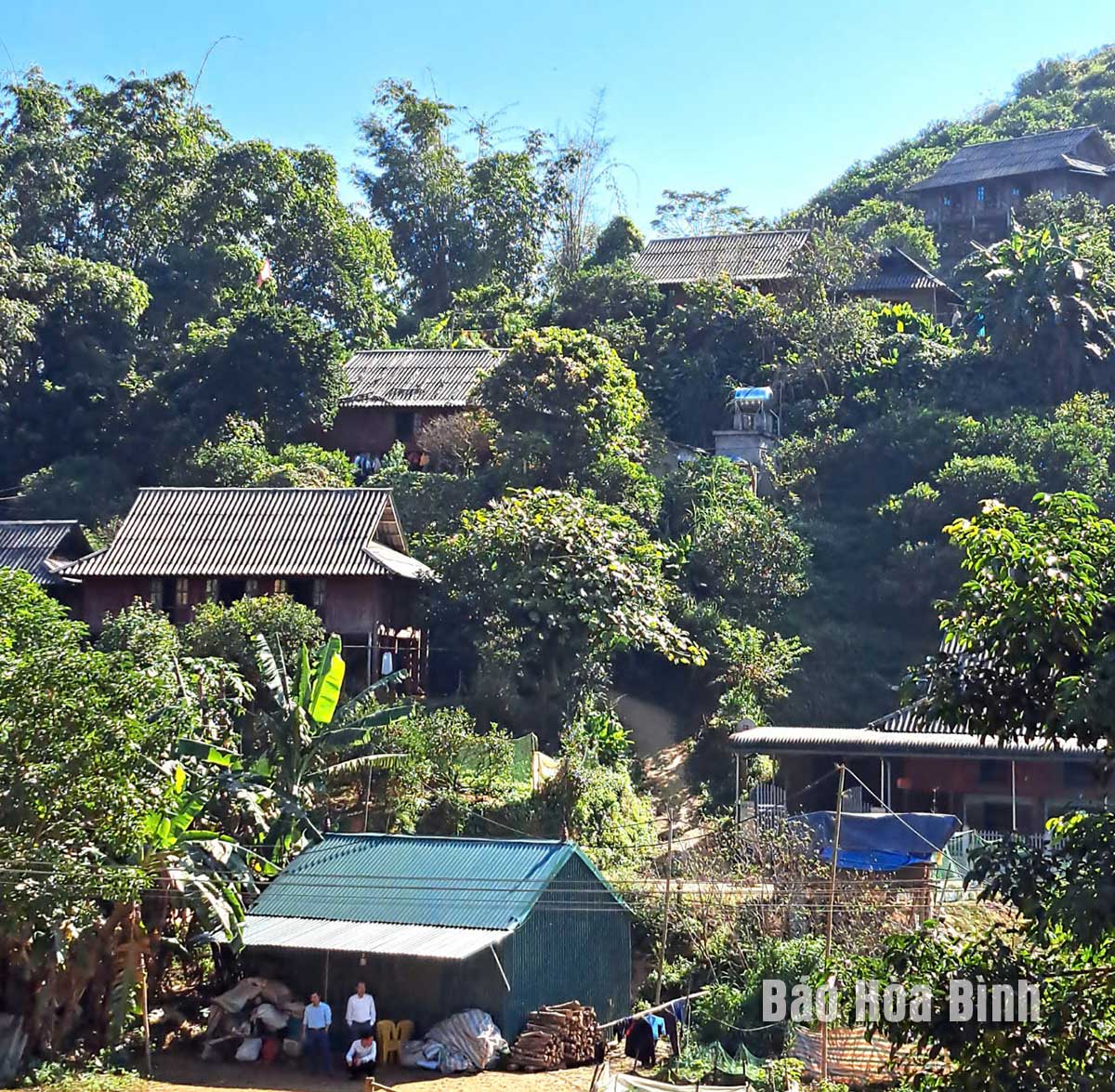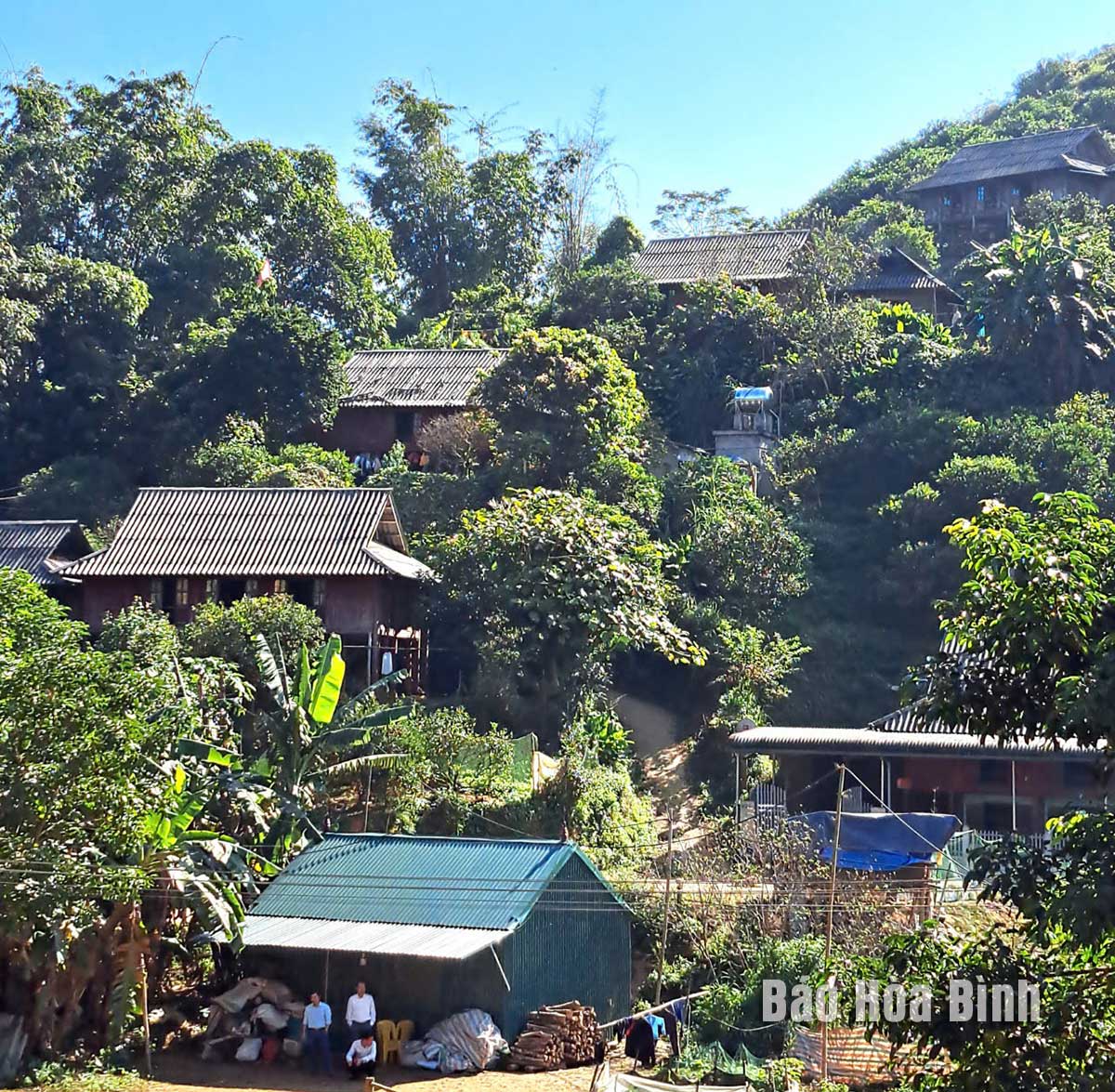



With picturesque landscapes and well-preserved Muong culture, Chien hamlet in Van Son commune is attractive to tourists seeking cultural experiences.
Recognising the potential of the areas, the provincial Party Committee’s Standing Board issued Resolution No. 13/NQ-BTV on October 17, 2022, aiming to transform Tan Lac’s highland communes into a provincial-level tourist destination by 2030, with a vision towards 2050. Initial progress has been made, with local residents increasingly aware of the benefits of tourism development.
Bui Minh Hong, head of the Tan Lac Culture and Information Office, explained that the district has focused on building model community-based tourism sites in the three hamlets of Hay Duoi in Van Son commune, Bac Thung in Quyet Chien commune, and Luong Ca in Ngo Luong commune. Two surveys were conducted to disseminate tourism development policies in the communes, while training sessions were held for 287 households across the selected hamlets.
As of the end of August, three households in Hay Duoi had upgraded their homes to offer homestay services. In Bac Thung, two out of three households have completed renovations and can now accommodate up to 35 guests per day, while a new camping site was established, attracting 300-500 visitors per day on weekends. In Luong Ca, five households have registered to offer lodging services.
The district is working on a project to pilot community-based tourism that highlights the Muong cultural identity in Van Son, and on a programme to develop ecological and recreational tourism services in the Ngoc Son-Ngo Luong nature reserve for 2021-2030. At the same time, efforts are underway to mobilise resources and integrate funding sources to improve tourism-related infrastructure.
The province’s 2021-2025 medium-term public investment plan includes transport infrastructure projects aimed at facilitating transport, goods flows, tourism, healthcare, and education across Tan Lac. A new budget of 17 billion VND (687,284 USD) has been added to launch projects focusing on the three highland communes, as part of the National Target Programme for Socioeconomic Development in Ethnic Minority and Mountainous Areas for 2021-2025.
However, challenges remain. The quality of transport infrastructure remains modest while tourism infrastructure, including power, water supply, sanitation, and telecommunications, is underdeveloped. The communes still lack waste collection and disposal systems, as well as standard clean water supply.